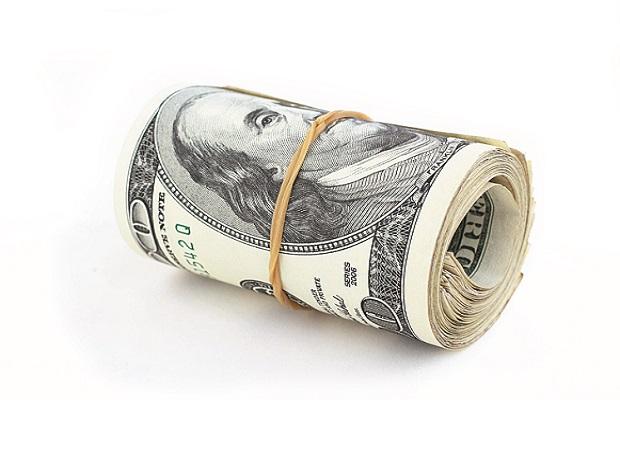The U.S. dollar held near a four-month high on Monday as rising U.S. Treasury yields fuelled demand for the greenback and prompted hedge funds to cut bearish positions.
Turkey's shock weekend decision to replace its hawkish central bank governor also supported the dollar's safe-haven appeal.
Markets have been slow to catch on to the rising dollar theme in recent weeks as investors had bet that a global economic recovery would prompt buying of riskier currencies.
But rising U.S. Treasury yields and the prospect of more lockdowns in several euro zone countries has driven a widespread unwinding of short dollar bets.
"Speculators finally capitulated to dollar strength," said Marshall Gittler, head of investment research at BDSwiss.
Though benchmark U.S. Treasury yields declined on Monday, yields on 10-year U.S. Treasury debt have risen for seven consecutive weeks.
As a result, traders cut their long euro bets to their lowest levels since June 2020 while net positions against the Japanese yen flipped into positive territory for the first time in more than a year, latest positioning data showed.
LIRA SLIDES
Worries that Turkish market upheaval would spill into others also supported the dollar, especially against currencies like the Australian dollar and Norway's crown.
The Turkish lira stood at 7.9600 per dollar, down nearly 10% from its Friday close. At one point the lira fell by as much as 14.9% to 8.4850, close to a record low of 8.5800.
"Other emerging market countries are not in the same position as Turkey, but there still could be some contagion," said Masafumi Yamamoto, chief currency strategist at Mizuho Securities in Tokyo.
JP Morgan increased its long U.S. dollar position in its currency portfolio by shorting the Swedish crown along with existing shorts of the euro, Swiss franc and the Japanese yen.
Against a basket of its rivals, the dollar was broadly steady at 92.022 and within sight of a near four-month high of 92.50 hit earlier this month.
The euro fell slightly to $1.1892.
A decline in risk appetite weighed on the Australian dollar, which fell 0.3% to $0.7724. The New Zealand dollar fell 0.1% to $0.7158.
(Reporting by Saikat Chatterjee; Editing by Philippa Fletcher and Alexander Smith)
 Dear Reader,
Dear Reader,
Business Standard has always strived hard to provide up-to-date information and commentary on developments that are of interest to you and have wider political and economic implications for the country and the world. Your encouragement and constant feedback on how to improve our offering have only made our resolve and commitment to these ideals stronger. Even during these difficult times arising out of Covid-19, we continue to remain committed to keeping you informed and updated with credible news, authoritative views and incisive commentary on topical issues of relevance.
We, however, have a request.
As we battle the economic impact of the pandemic, we need your support even more, so that we can continue to offer you more quality content. Our subscription model has seen an encouraging response from many of you, who have subscribed to our online content. More subscription to our online content can only help us achieve the goals of offering you even better and more relevant content. We believe in free, fair and credible journalism. Your support through more subscriptions can help us practise the journalism to which we are committed.
Support quality journalism and subscribe to Business Standard.
Digital Editor

RECOMMENDED FOR YOU